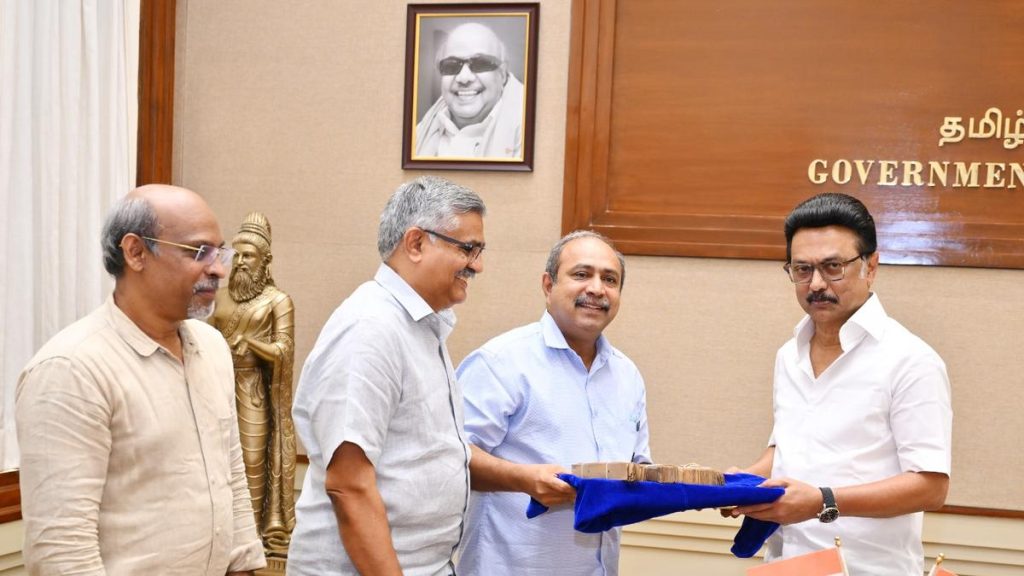Now Reading: Breakthrough: 3D Printing Complex Blood Vessels for Artificial Organs
-
01
Breakthrough: 3D Printing Complex Blood Vessels for Artificial Organs
Breakthrough: 3D Printing Complex Blood Vessels for Artificial Organs

Quick Summary
- Scientists at Stanford University, led by Alison Marsden, have developed a computational model for designing blood vessel networks for 3D-printed artificial organs.
- These networks are essential for transplanting artificial organs like livers,kidneys,or hearts without needing donors.
- The model uses a mathematical law to quickly design vessel networks and was tested on a ring-shaped kidney cell structure, completing the process in minutes.
- The network was printed using cold gelatin particles and melted at body temperature (37°C) to create hollow channels mimicking blood vessels. Researchers pumped nutrient-rich fluid through these channels to sustain surrounding cells.
- After one week, the cells near the artificial vessels were 400 times more alive compared to those without vessels; however, challenges remain in creating smaller branched vessels to sustain distant regions.
- Marsden hopes to test 3D-printed organs in animal models like pigs within five years.
Indian Opinion Analysis
This breakthrough addresses critical challenges in organ transplantation by opening potential avenues for creating lab-grown organs with functional vascular systems-a step toward alleviating global organ demand shortages that disproportionately impact countries like India where transplant rates are limited (12 per million population). Advanced techniques such as these could complement India’s initiatives aimed at improving healthcare accessibility while relying less on donor availability amidst cultural sensitivities surrounding organ donation. However, further research is necessary before practical applications can be realized-especially adapting this technology for larger or complex human-scale needs.























